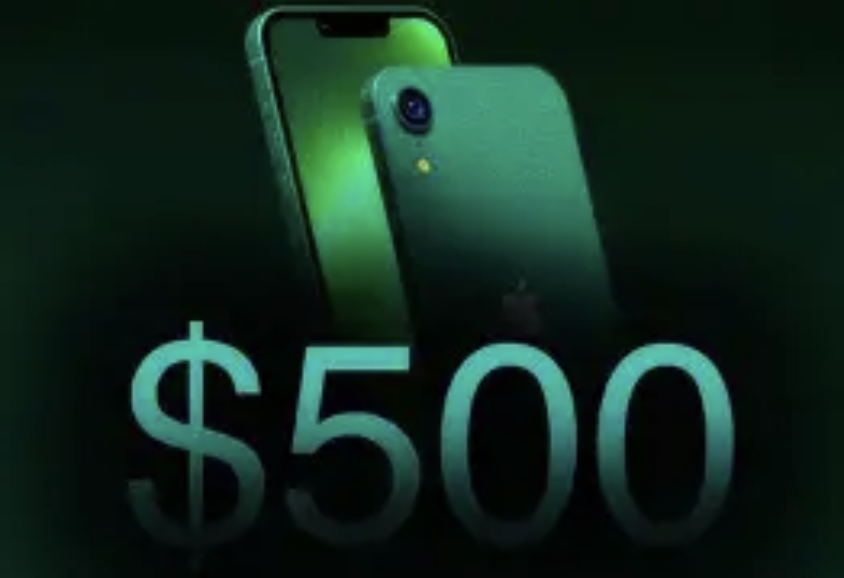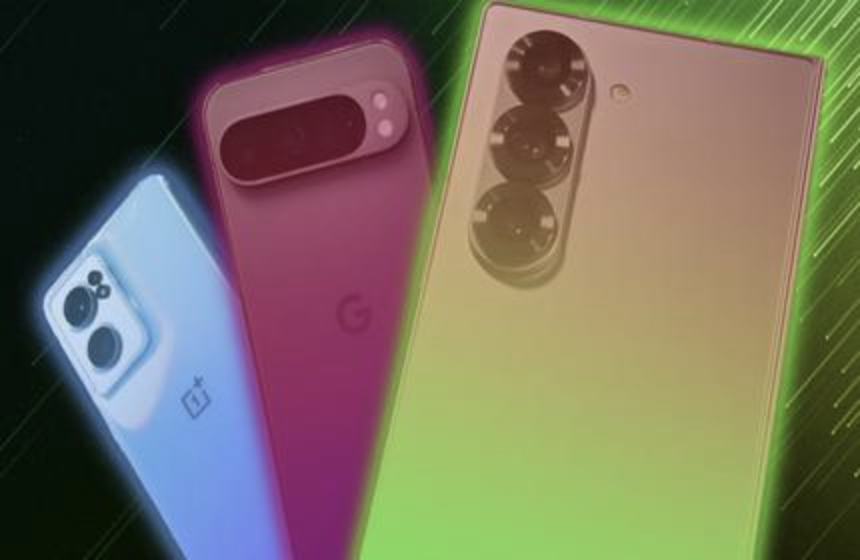For knowledgeable technology consumers, the appeal of top-tier smartphones is diminishing—not due to their quality, but because mid-range models provide high-end performance at a significantly lower price. This trend goes beyond simply having adequate specifications; mid-range devices are incorporating high-end features, enhancing user satisfaction, and even introducing exclusive aspects that flagship phones do not offer. The response has arrived, prompting wealthy consumers to reconsider if spending a fortune on a flagship device is genuinely justified.
Flagship-Grade Displays Without the Price
Gone are the times when large screens were only found on flagship models. Nowadays, many excellent mid-range devices feature 1.5K AMOLED screens paired with 120Hz adaptive refresh rates—offering clarity, vivid colors, and a smooth experience ideal for gaming or watching 4K videos. Some models even incorporate 1920Hz PWM dimming, enhancing eye comfort, which many flagship models overlook. Whether you're editing images or browsing through social media, the visual quality rivals that of more expensive options, demonstrating that a flagship designation isn't necessary to achieve an impressive viewing experience.

Camera Systems That Compete
Mid-range smartphones are no longer overlooked in the camera department. They come equipped with adaptable triple-camera configurations featuring a 50MP primary sensor, optical image stabilization, and telephoto lenses allowing for 2x zoom. AI-driven photography features match those found in flagship models: night mode captures clear images in low-light conditions, portrait mode creates a soft background blur, and pro settings enable manual adjustments to ISO and shutter speed. For casual photographers and content creators alike, these cameras produce images that can match those of flagships—without the steep cost.

Software Polish & Long-Term Updates
Software used to be a stronghold for flagship devices, but mid-range phones are now receiving equal attention. Companies such as Xiaomi, Samsung, and Google provide 3-4 years of operating system updates and over 5 years of security updates for their mid-range models—often meeting or surpassing offerings from some flagship devices. The user interface remains clean, free of unnecessary bloatware, and filled with helpful features: AI-based app recommendations, customizable widgets, and privacy settings like app tracking prevention. This long-term support ensures that your mid-range phone stays up-to-date and secure for years, similar to a flagship device.
Mid-range devices are moving away from plastic, opting instead for more luxurious materials: glass backs, metal frames, and sleek, lightweight designs that feel premium to the touch. They present distinctive color choices—such as matte pastels or shimmering finishes—that set them apart from the subdued shades seen in flagship devices. Some even introduce useful elements like IP54 water resistance, once exclusive to high-end phones. For consumers concerned with aesthetics, mid-range options provide the elegance and quality associated with flagship models at a more accessible price point.
Niche Features That Add Value
Mid-range smartphones are introducing innovative features often overlooked by flagship models. Certain devices now feature expandable storage options for users needing additional space for their images or videos. Others include headphone jacks for audiophiles who favor wired audio solutions. A select few even come equipped with dedicated microSD card slots and FM radio, catering to travelers or outdoor enthusiasts. These specialized enhancements address specific consumer needs, making mid-range smartphones more adaptable than the one-size-fits-all flagship options. For individuals who prioritize functionality and uniqueness, mid-range devices have evolved into a wise selection rather than just a compromise.






